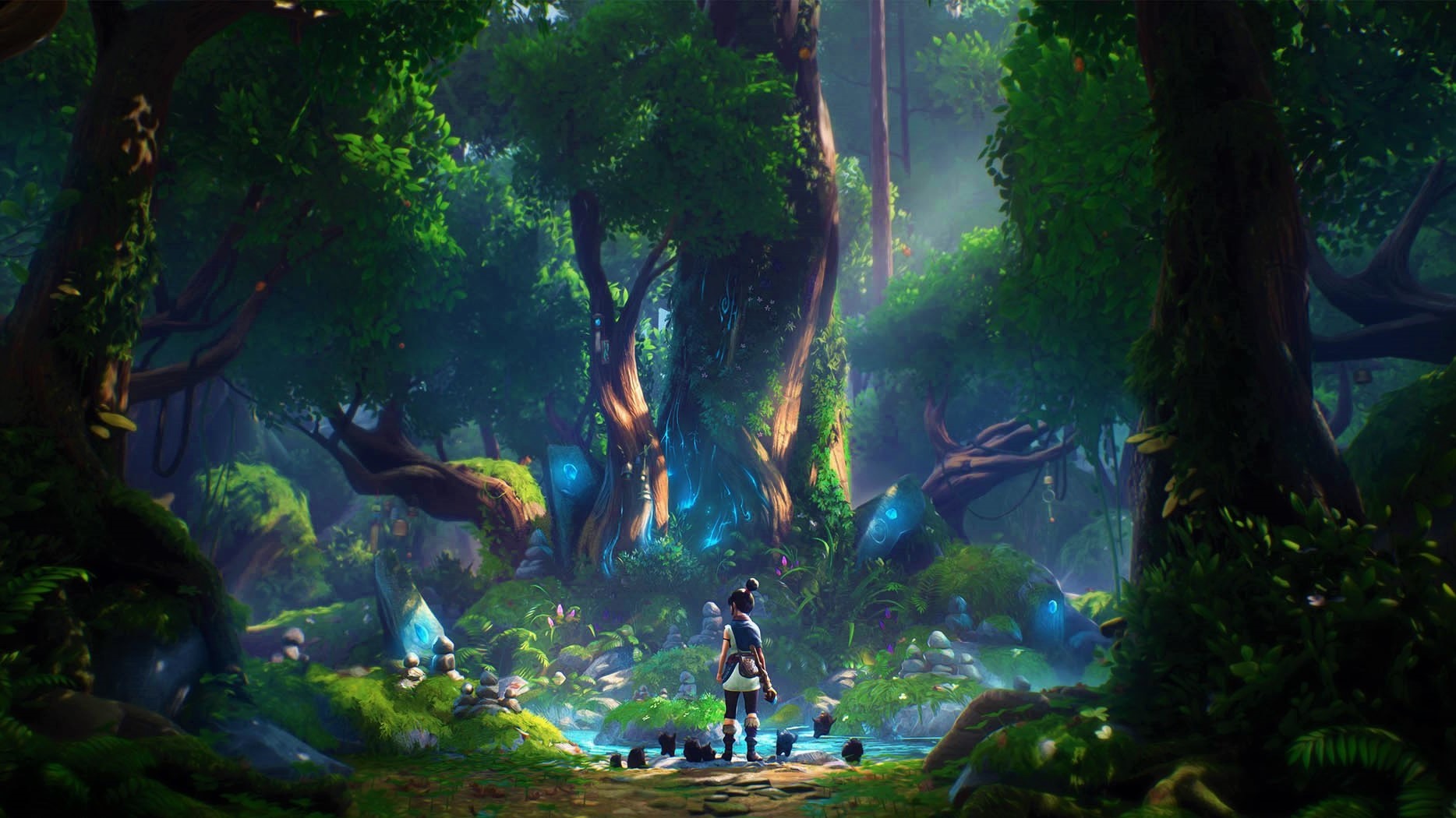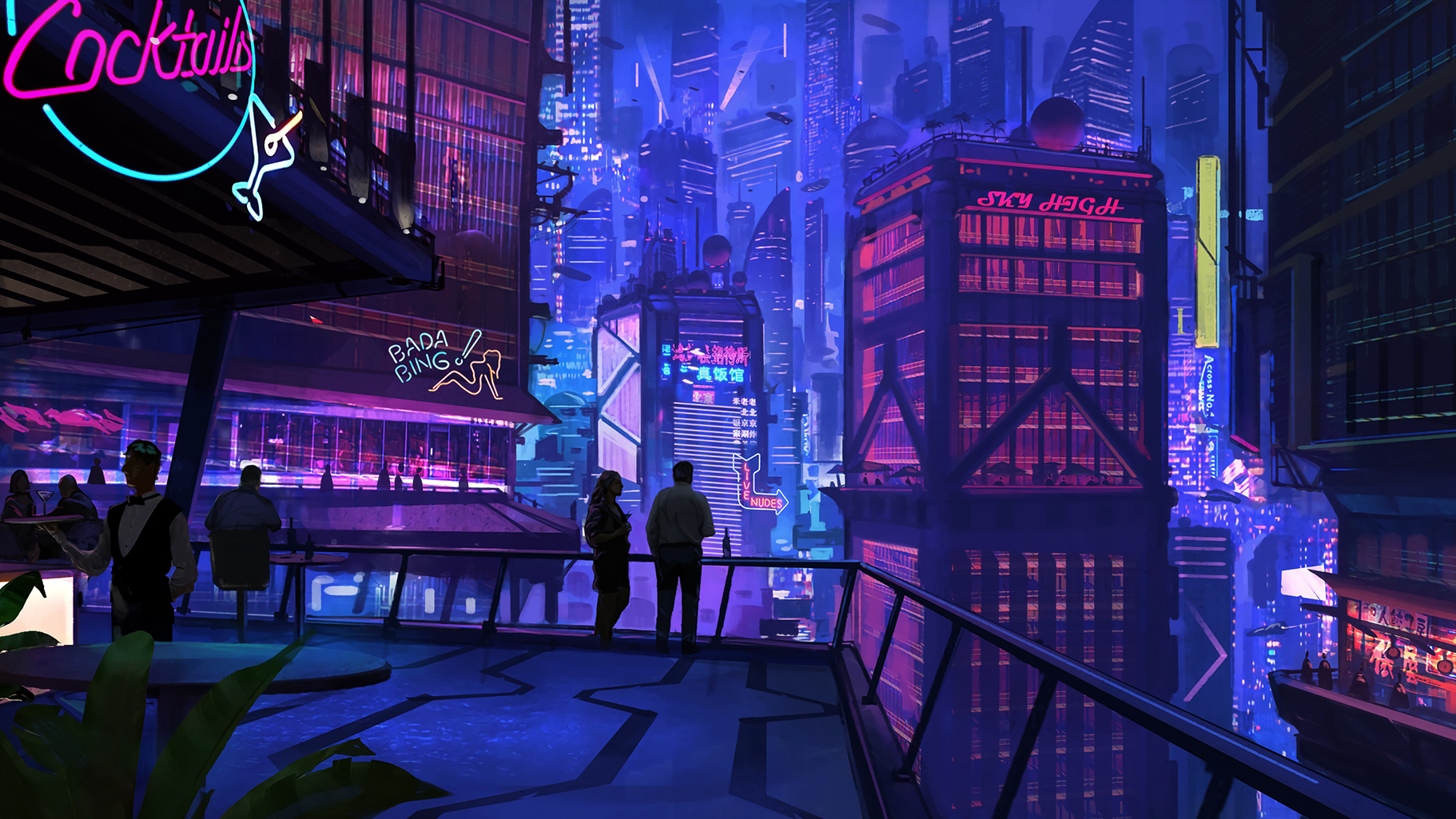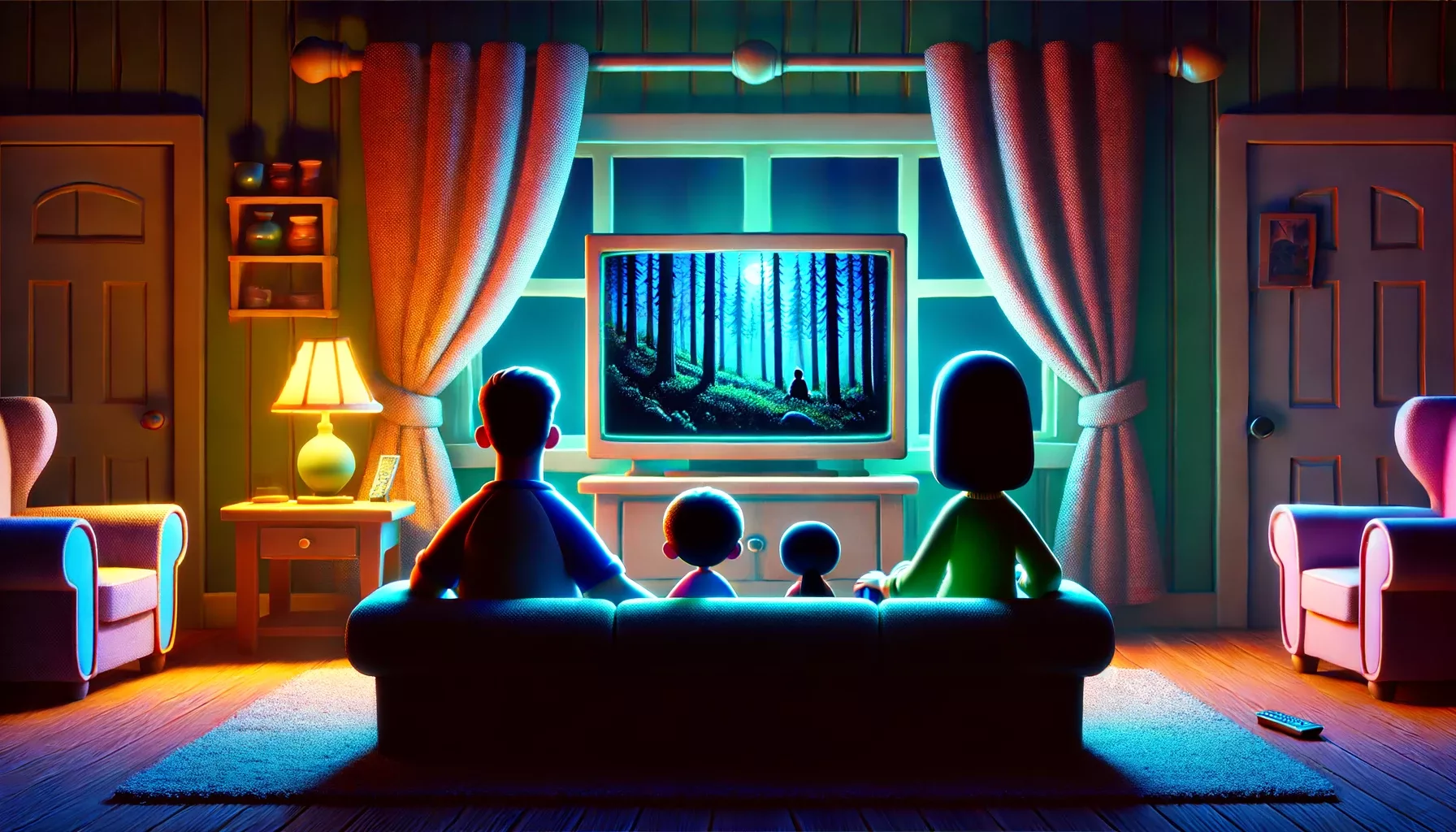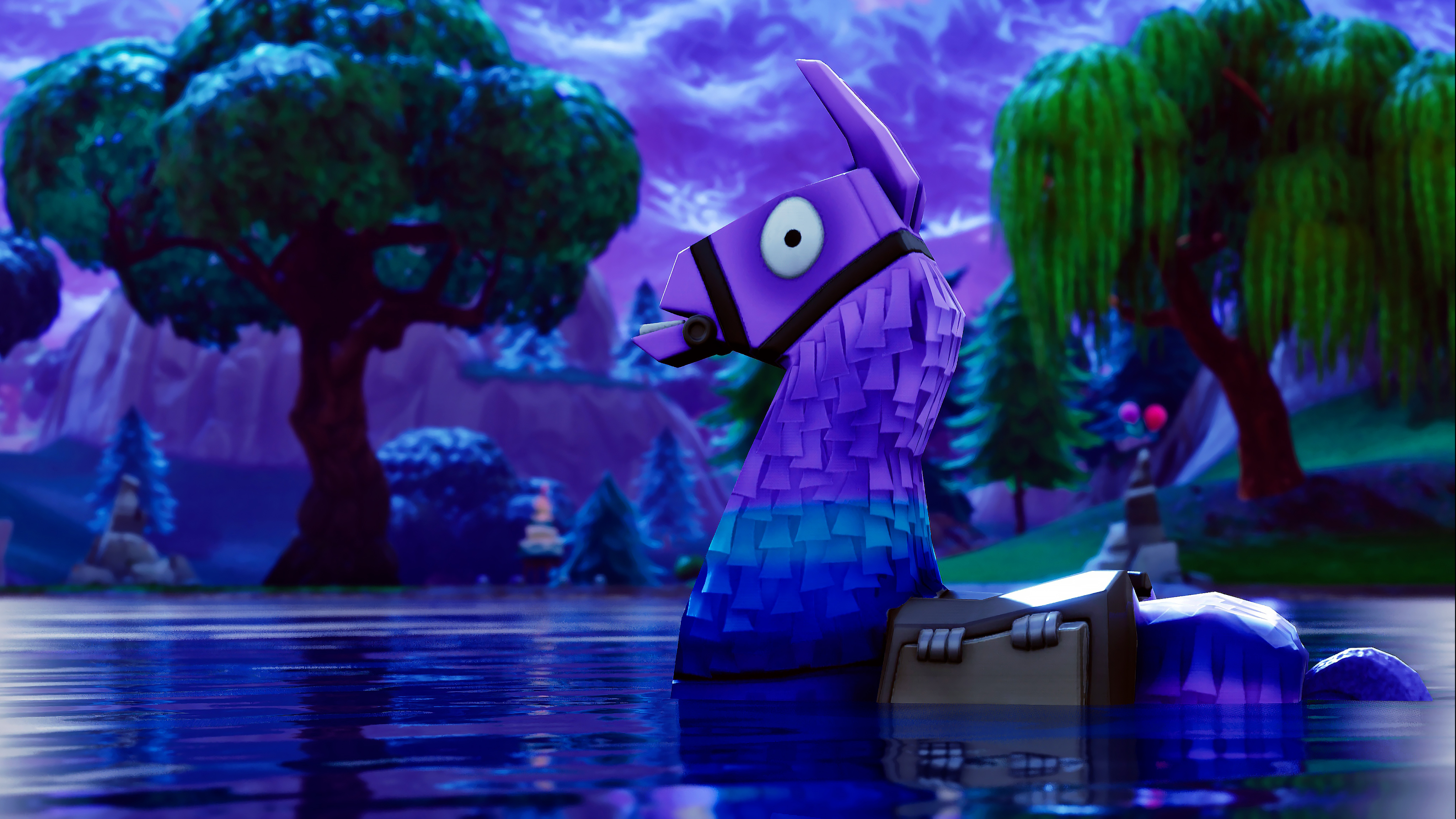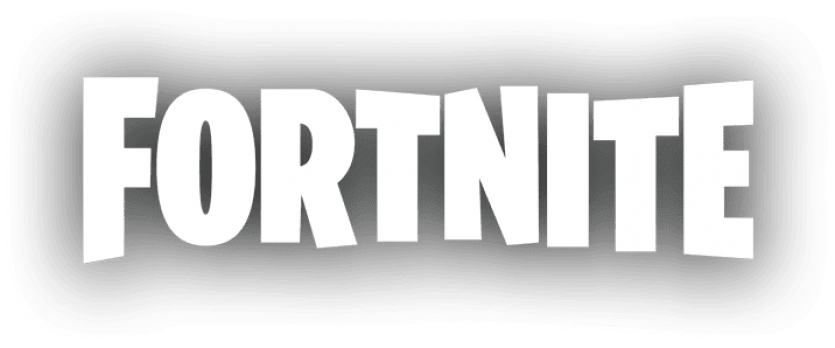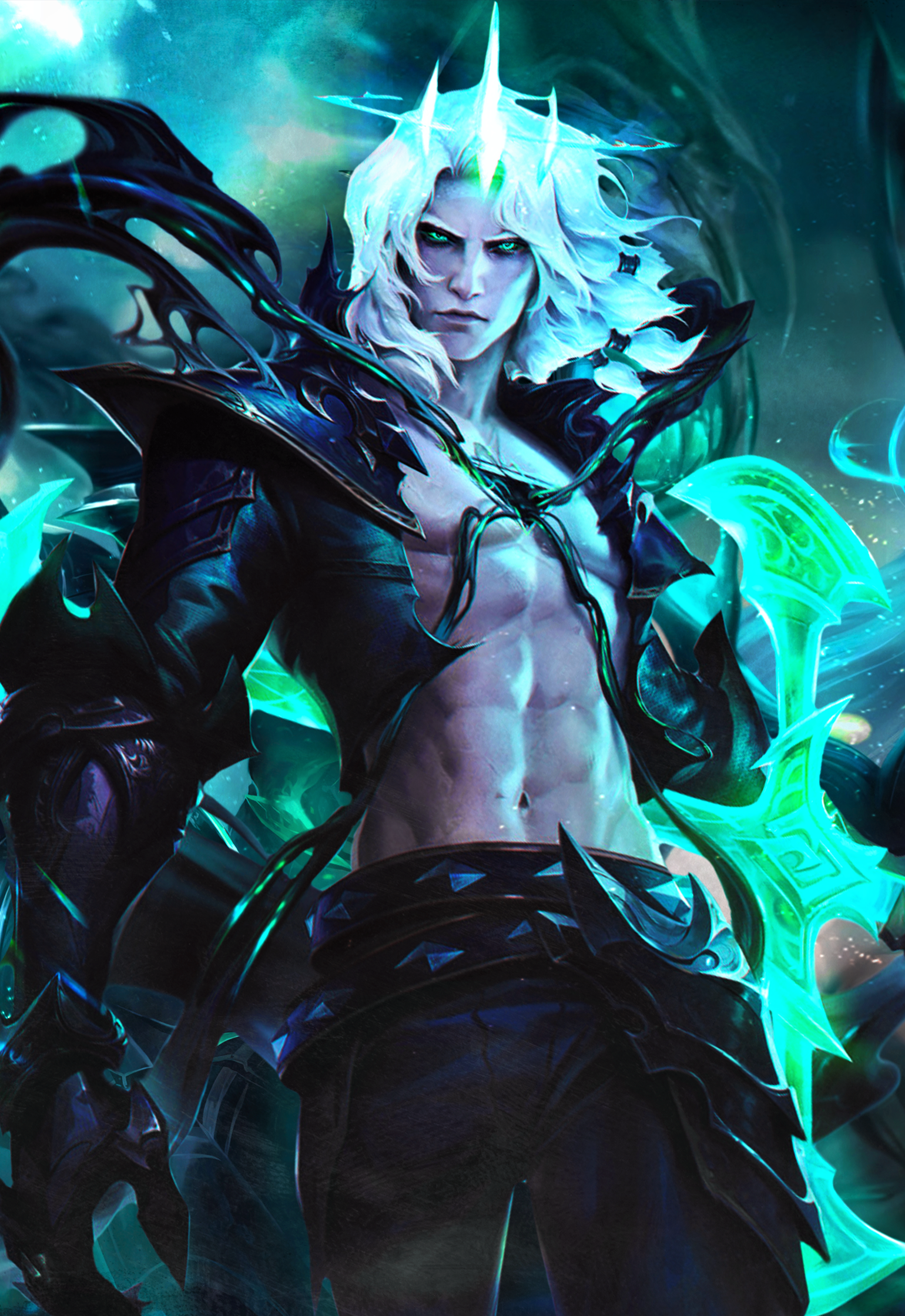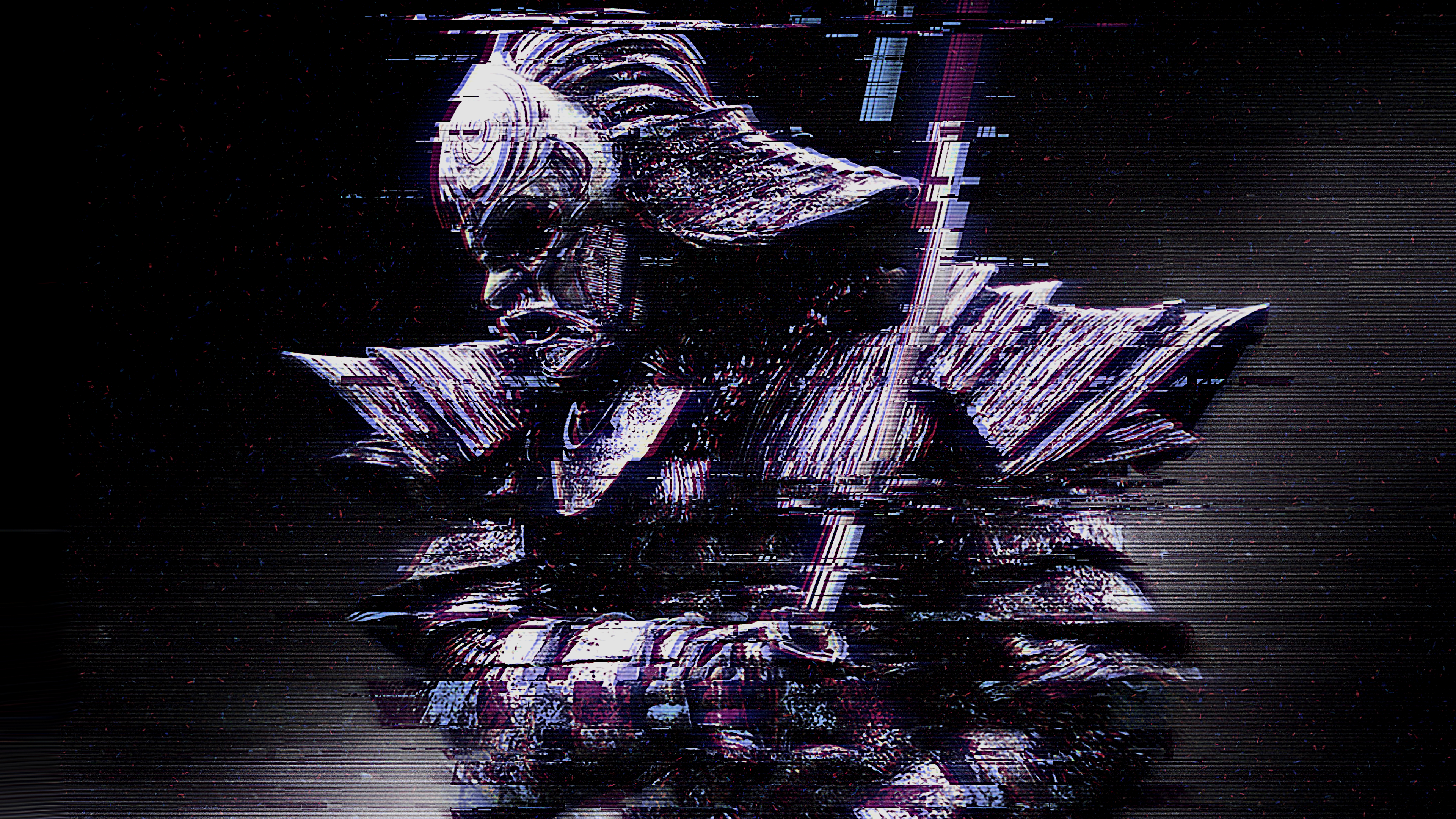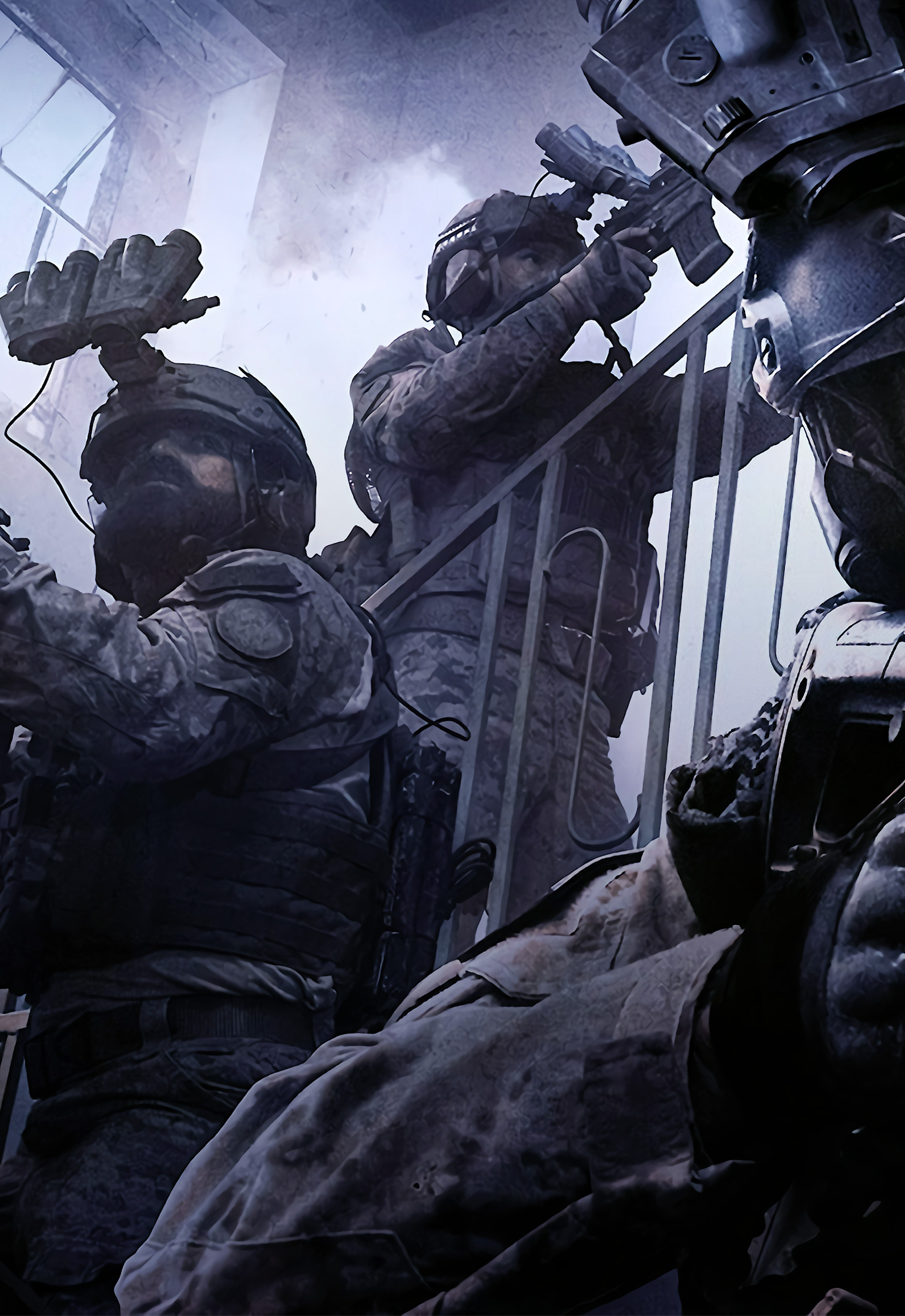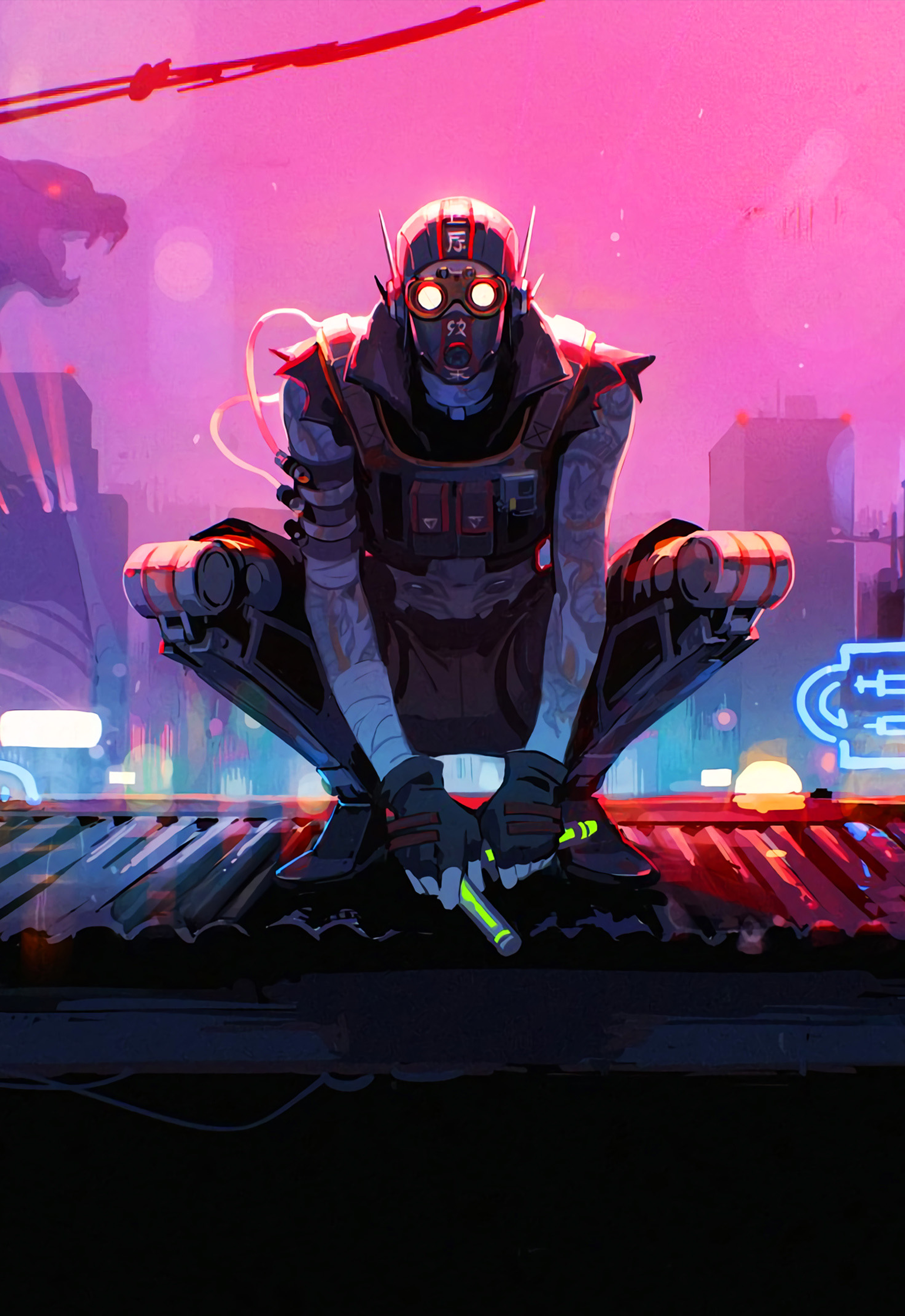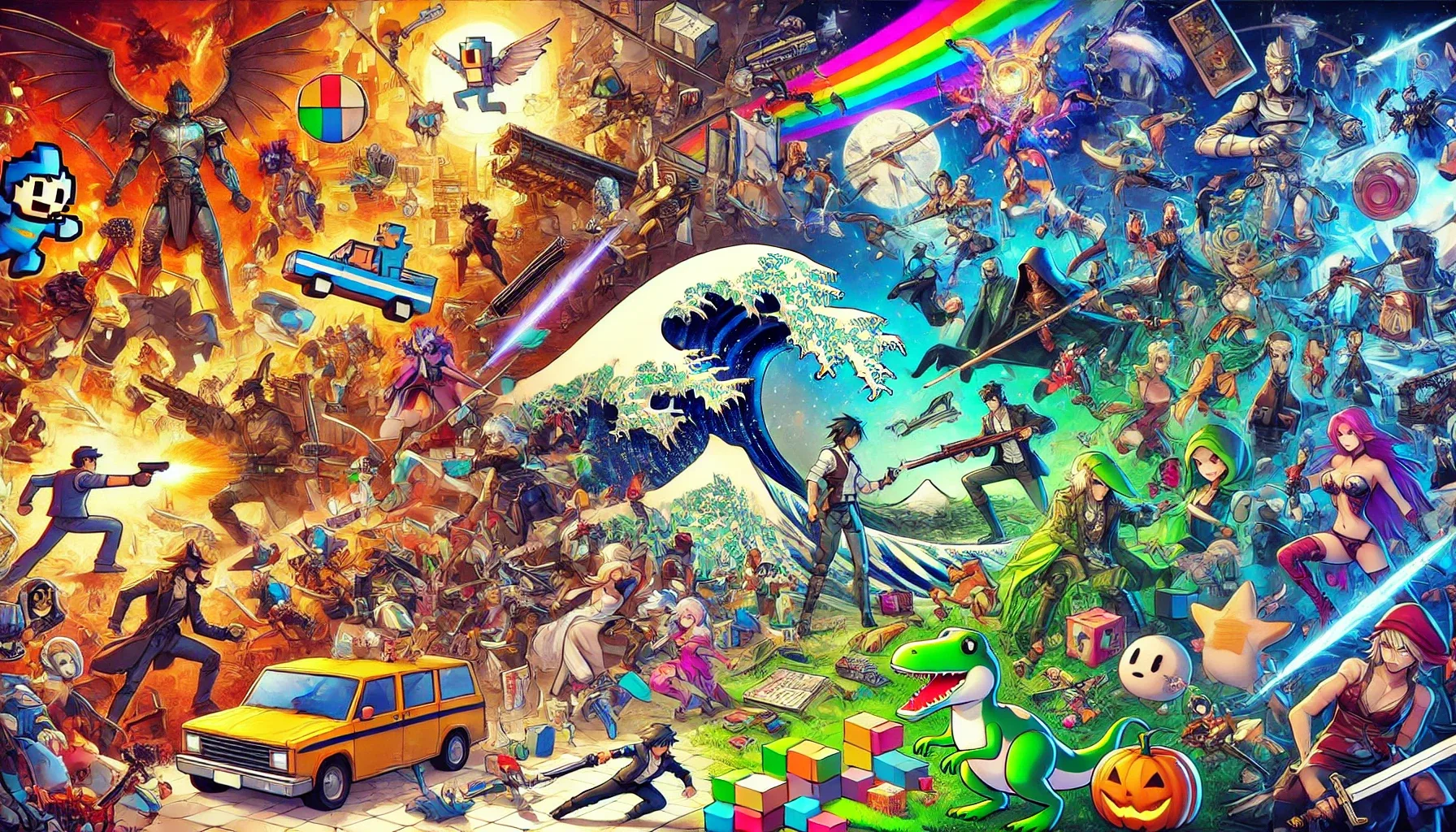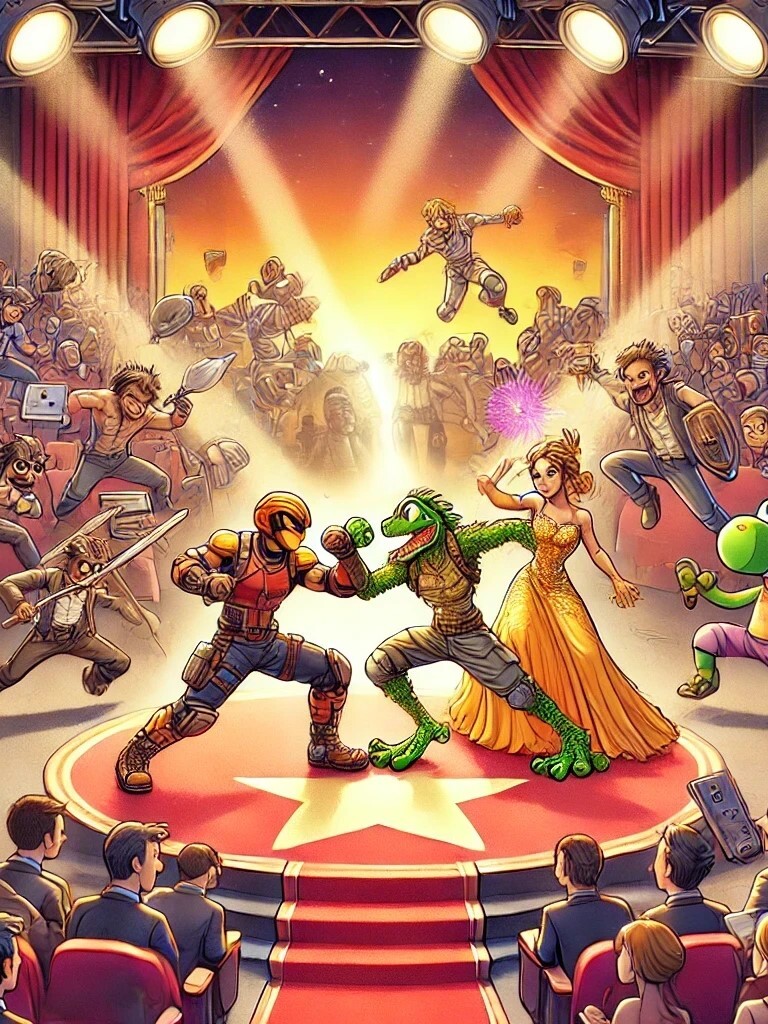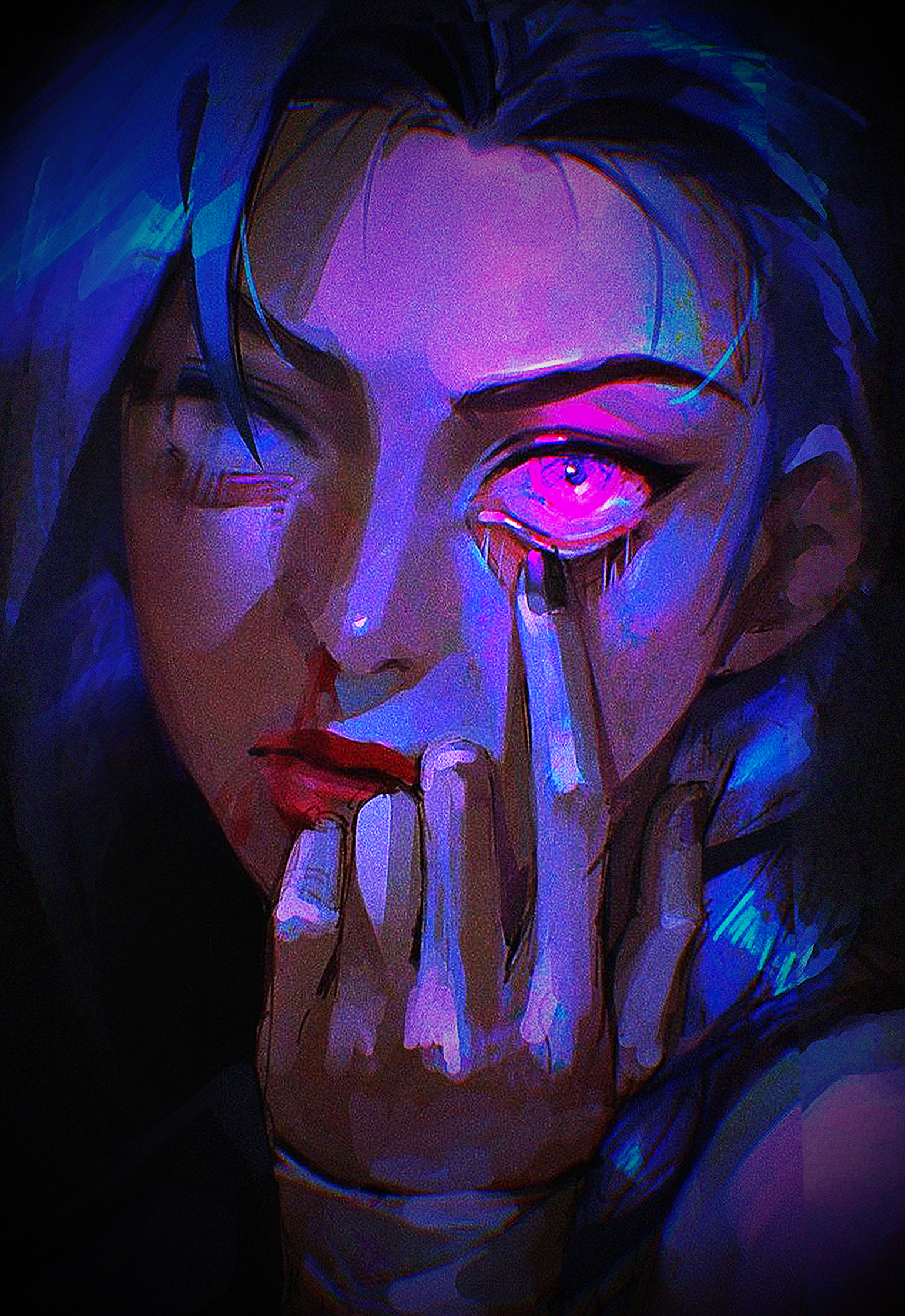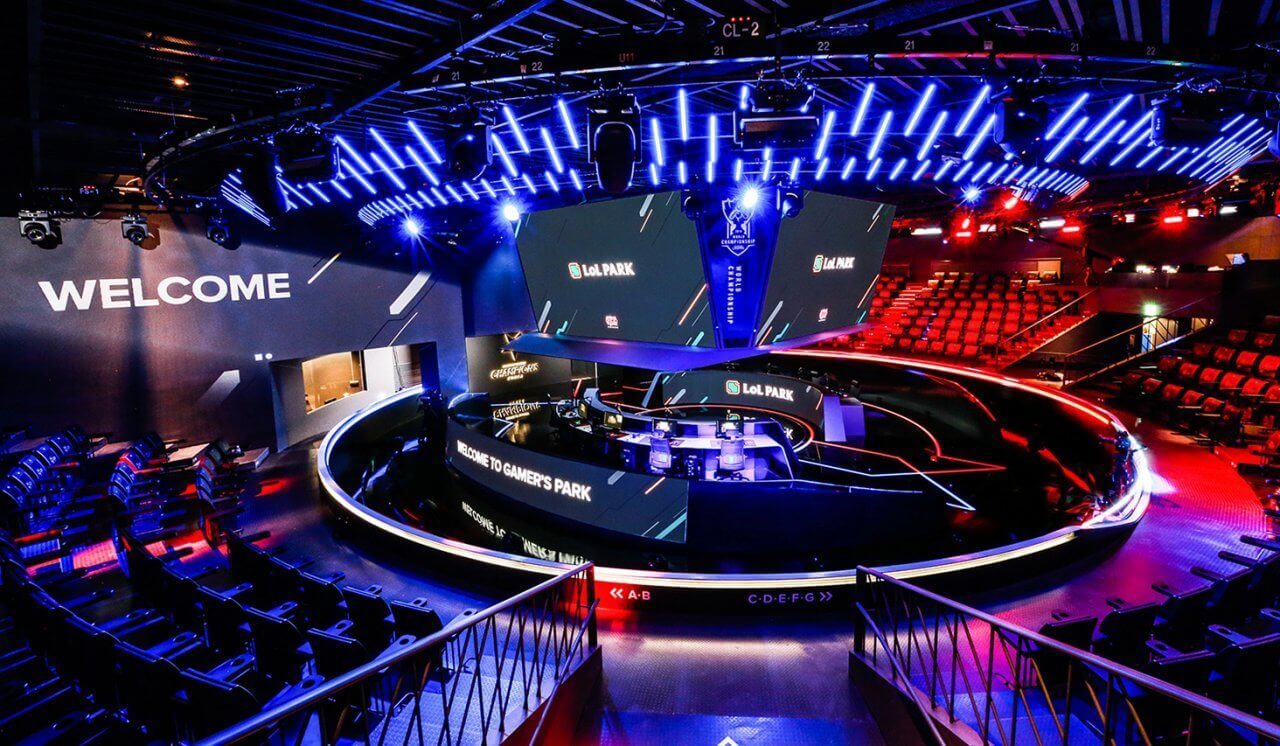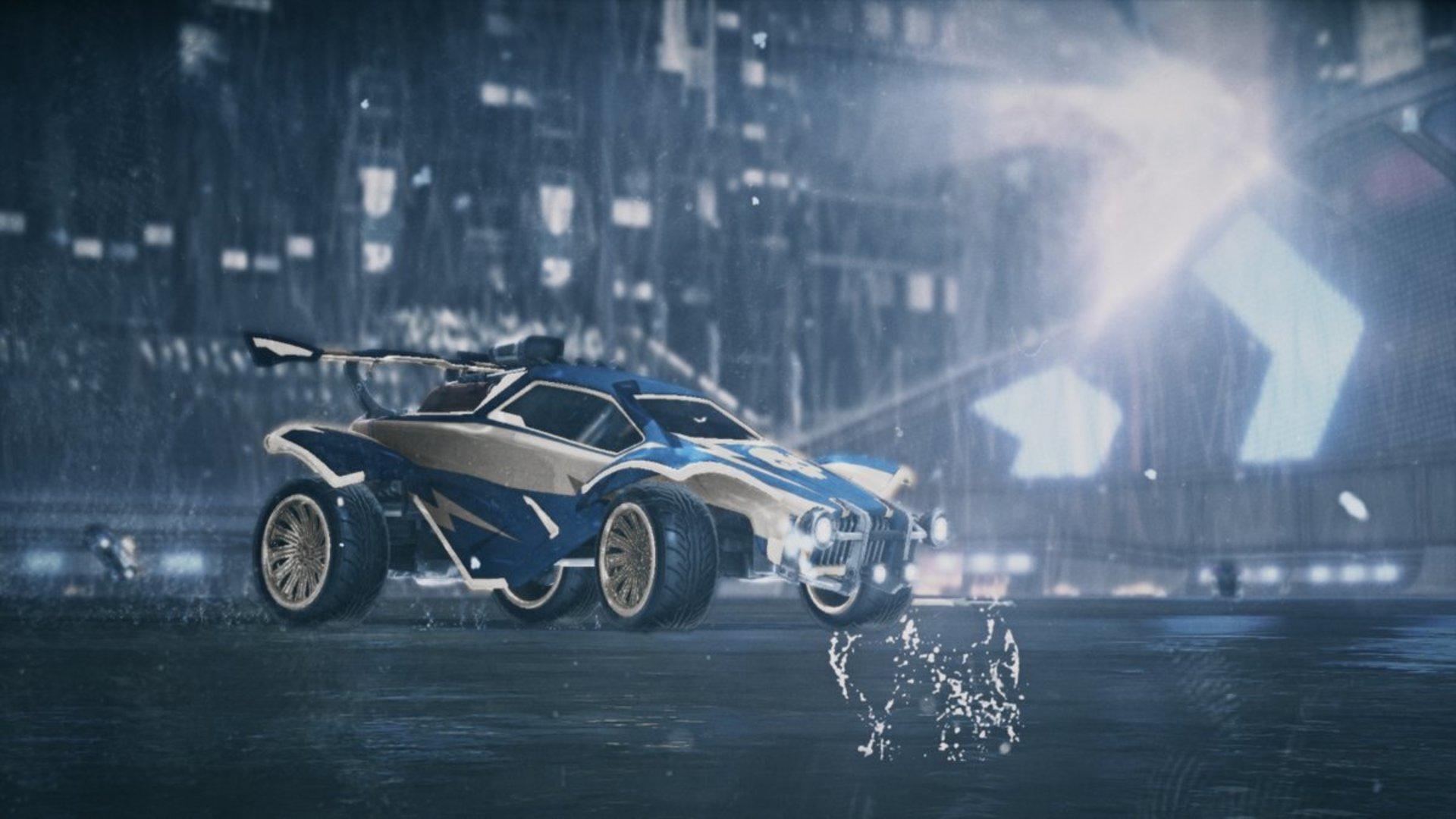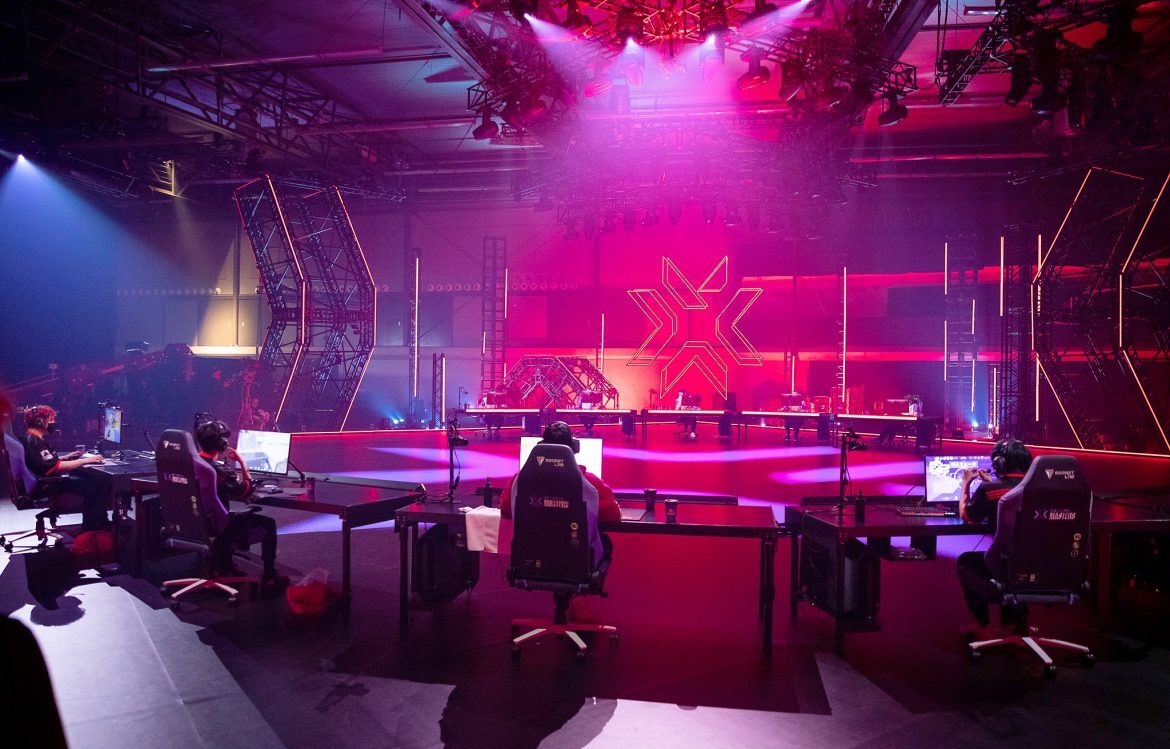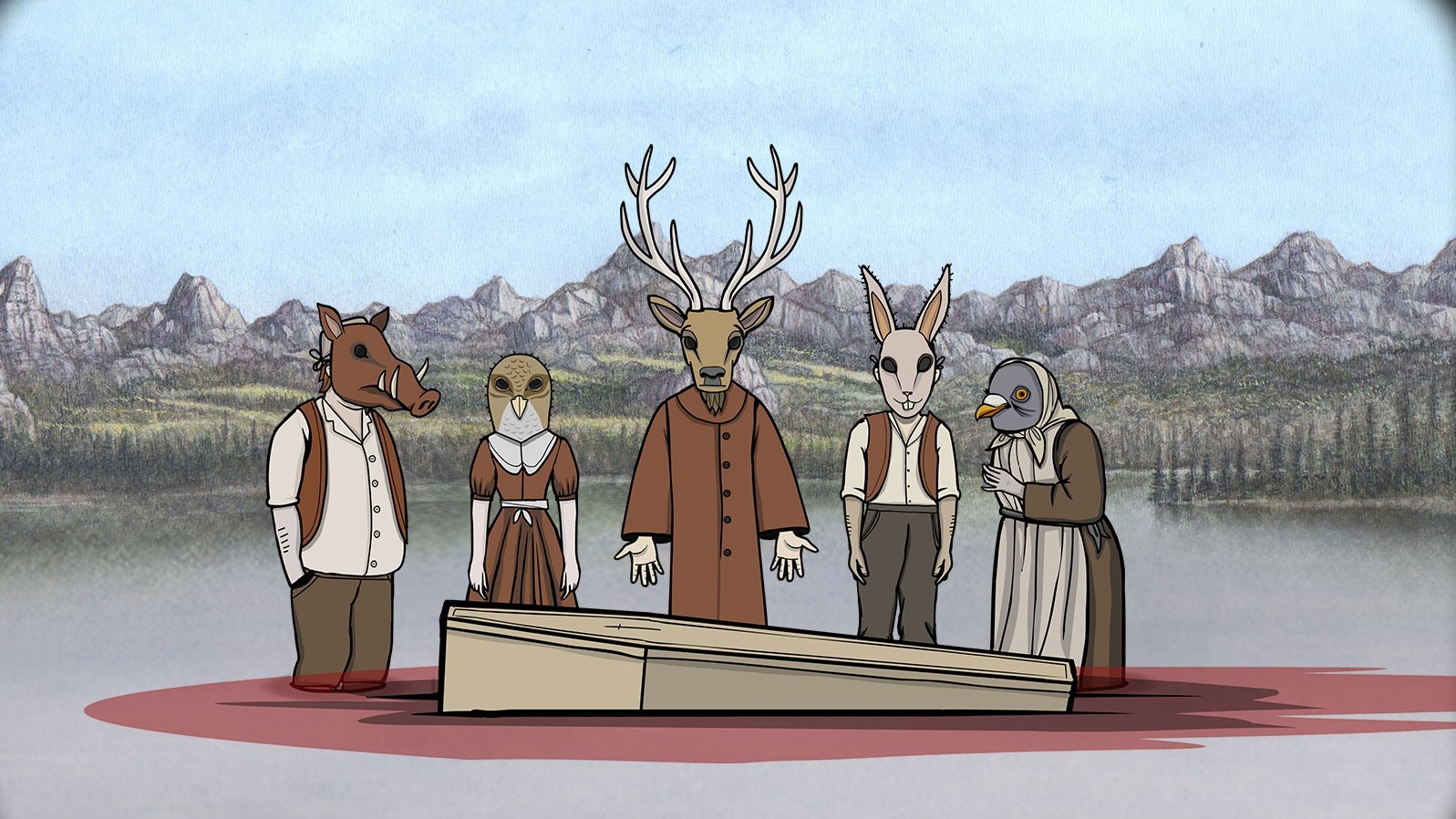Looking for the perfect spooky vibes this Halloween? Check out these 15 point-and-click horror gems that prove terror doesn’t need jump scares – it just needs good storytelling (and maybe a few creepy puzzles).
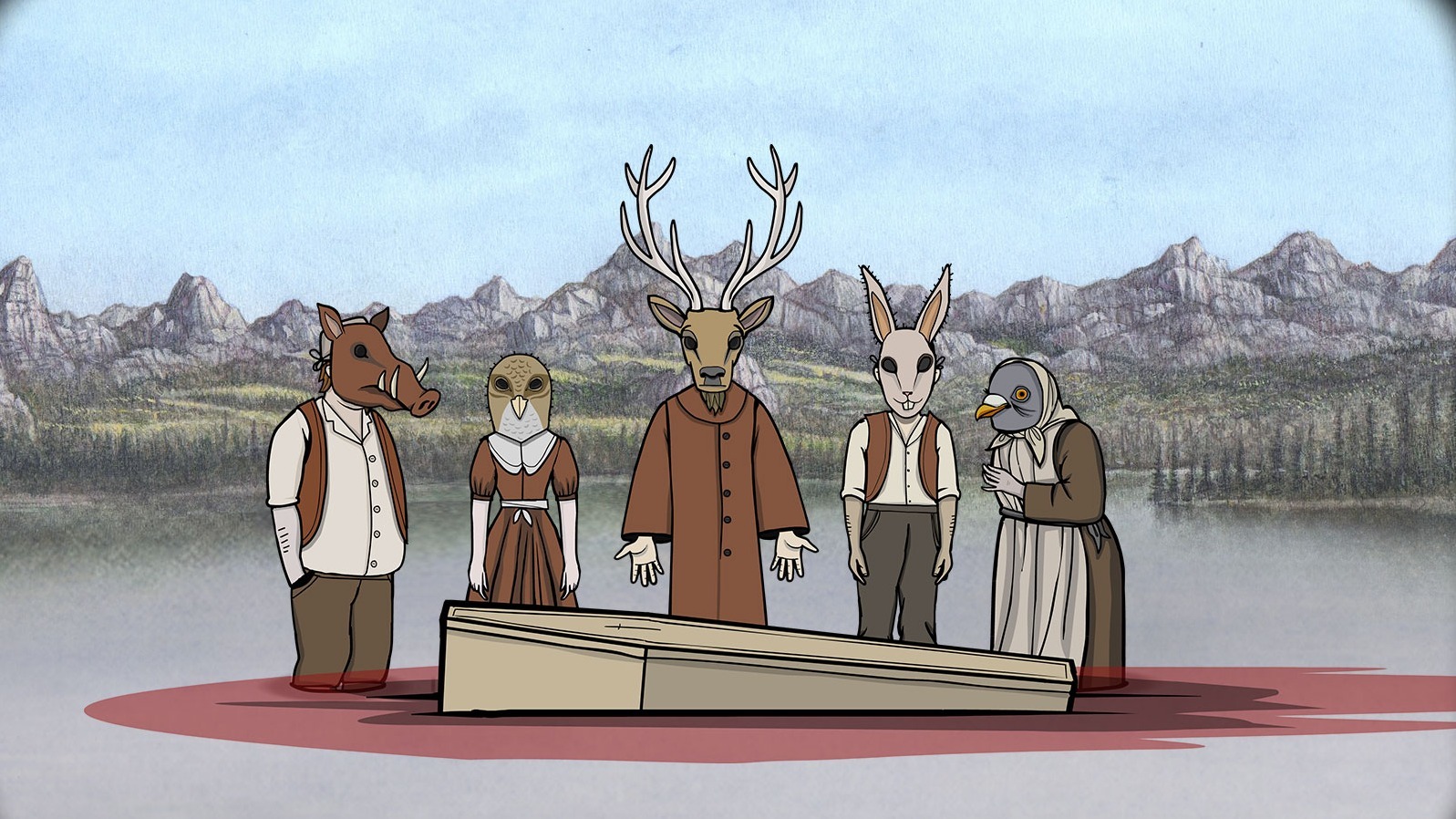
If you’re craving a chilling story rather than a jump scare this Halloween, point-and-click horror games might be exactly what you need. These atmospheric adventures combine haunting visuals, eerie soundtracks, and unsettling narratives that slowly crawl under your skin. Whether you’re solving cryptic puzzles or uncovering dark secrets, every click leads you deeper into the unknown.
From cult classics like Sanitarium and Phantasmagoria to modern nightmares such as The Corruption Within and The Excavation of Hob’s Barrow, this list celebrates some of the most spine-tingling tales the genre has to offer. Dim the lights, put on your headphones, and get ready to face the eerie charm of these digital ghost stories.
Clock Tower: Rewind (2024)
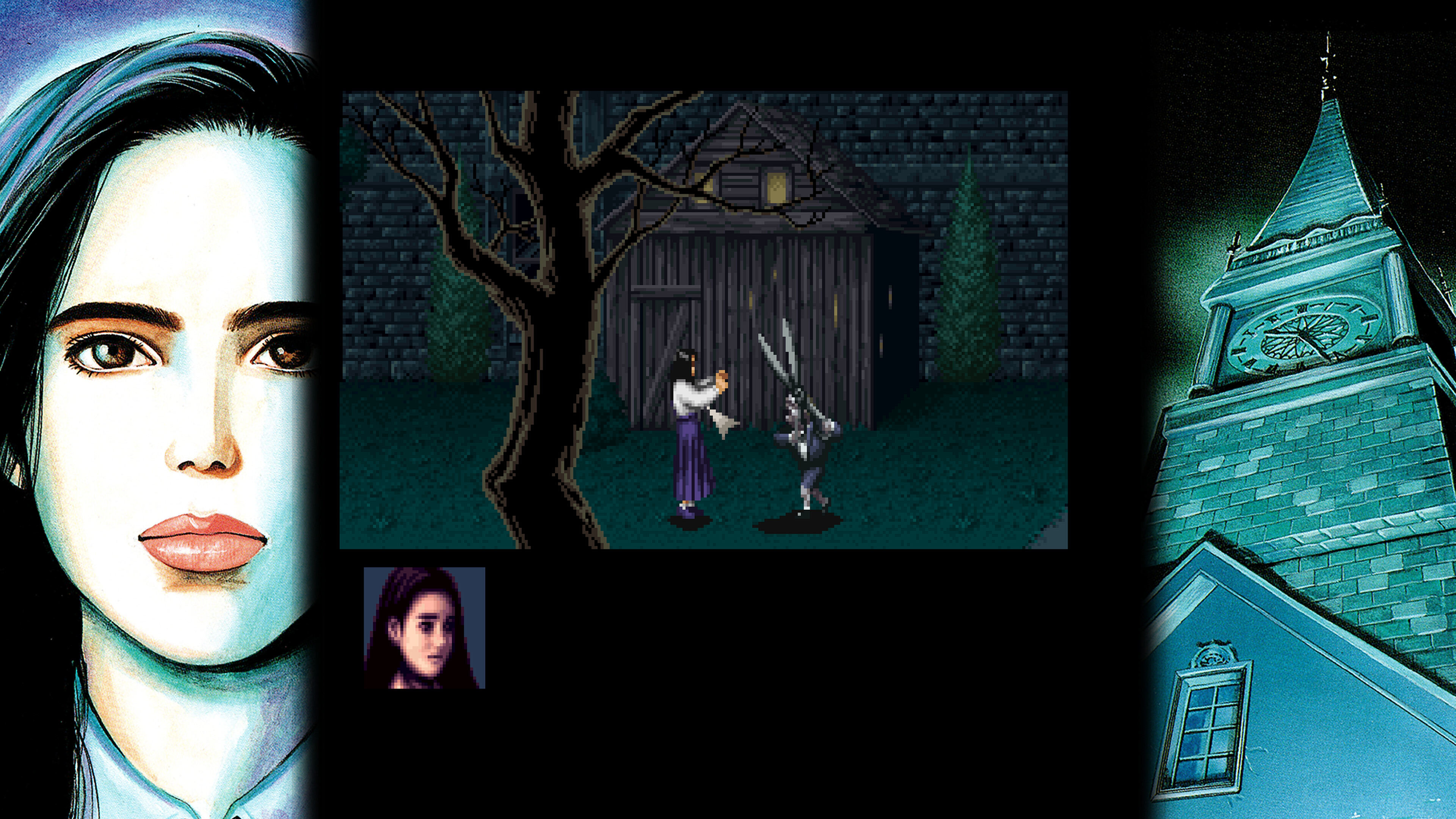
Time travel meets terror in this modern resurrection of a survival-horror classic. In Clock Tower: Rewind, you’ll creep through the Barrows family manor, peering into every shadow, hiding from Scissorman, and unlocking secrets with a cursor that sometimes seems to tremble with fear. The game offers two modes: the original 16-bit experience (now officially translated outside Japan) and an enhanced “Rewind” version with extras, art galleries, motion comics, and QoL tweaks for modern players. Don’t let nostalgia fool you – you will die a lot. But each failed run feels like a lesson in creeping dread. It's a solid pick to bridge retro chills with fresh horrors.
The Corruption Within (2021)
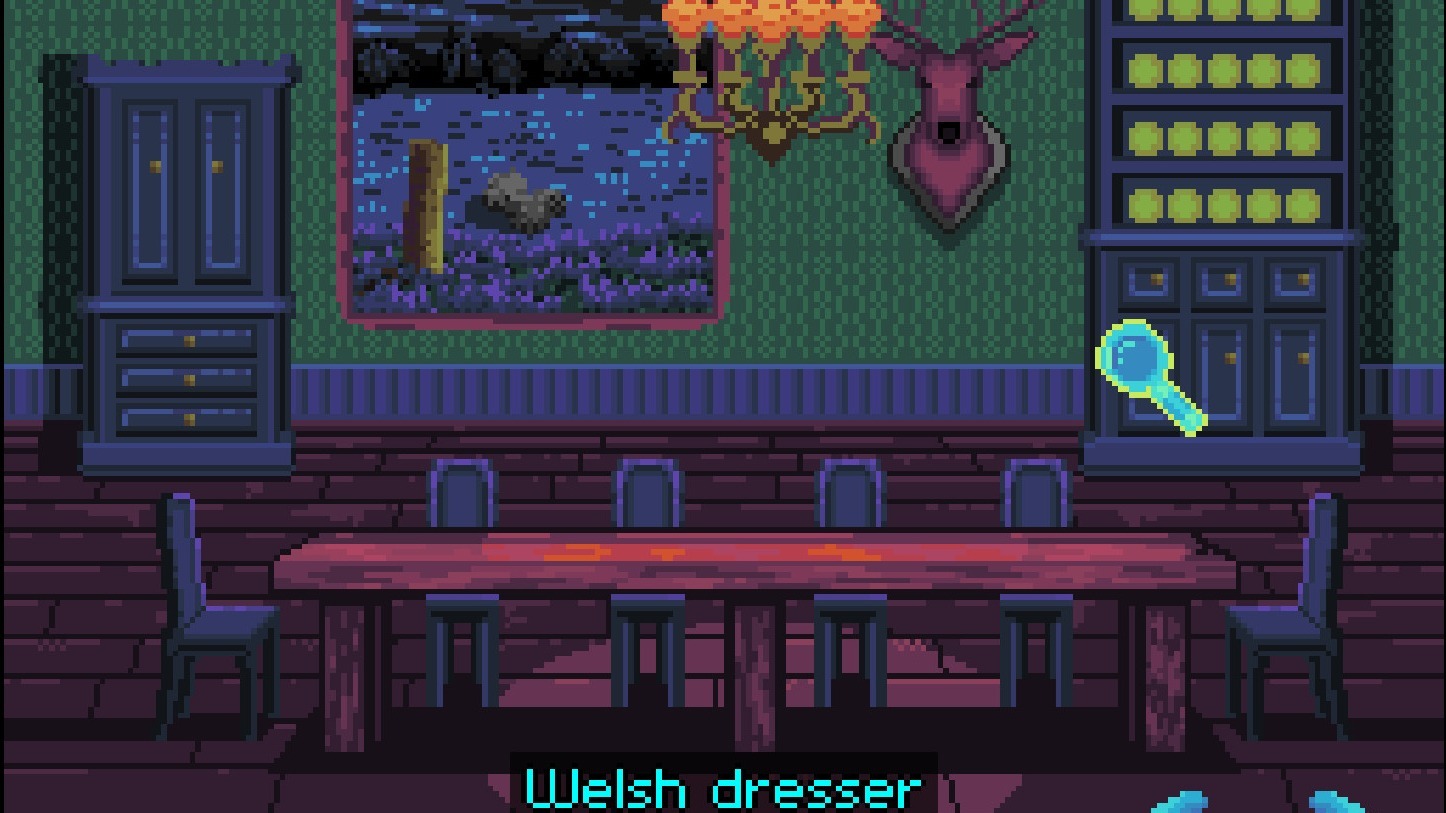
Jump into a gothic nightmare where nothing is quite what it seems. You begin on a family camping trip that goes horribly wrong, and soon enough you’re drawn to a mansion by a lake full of secrets, servants, and whispers. The pixel art style leans into moody, shadowy visuals – think haunted Victorian postcards come to life. Puzzles, twisted revelations, and unreliable narrators abound as you peel back layers of the house’s dark history. Hint: not everyone you meet wants to help. It’s short, but that brevity amplifies tension – no filler, just unsettling atmosphere.
The Excavation of Hob’s Barrow (2022)
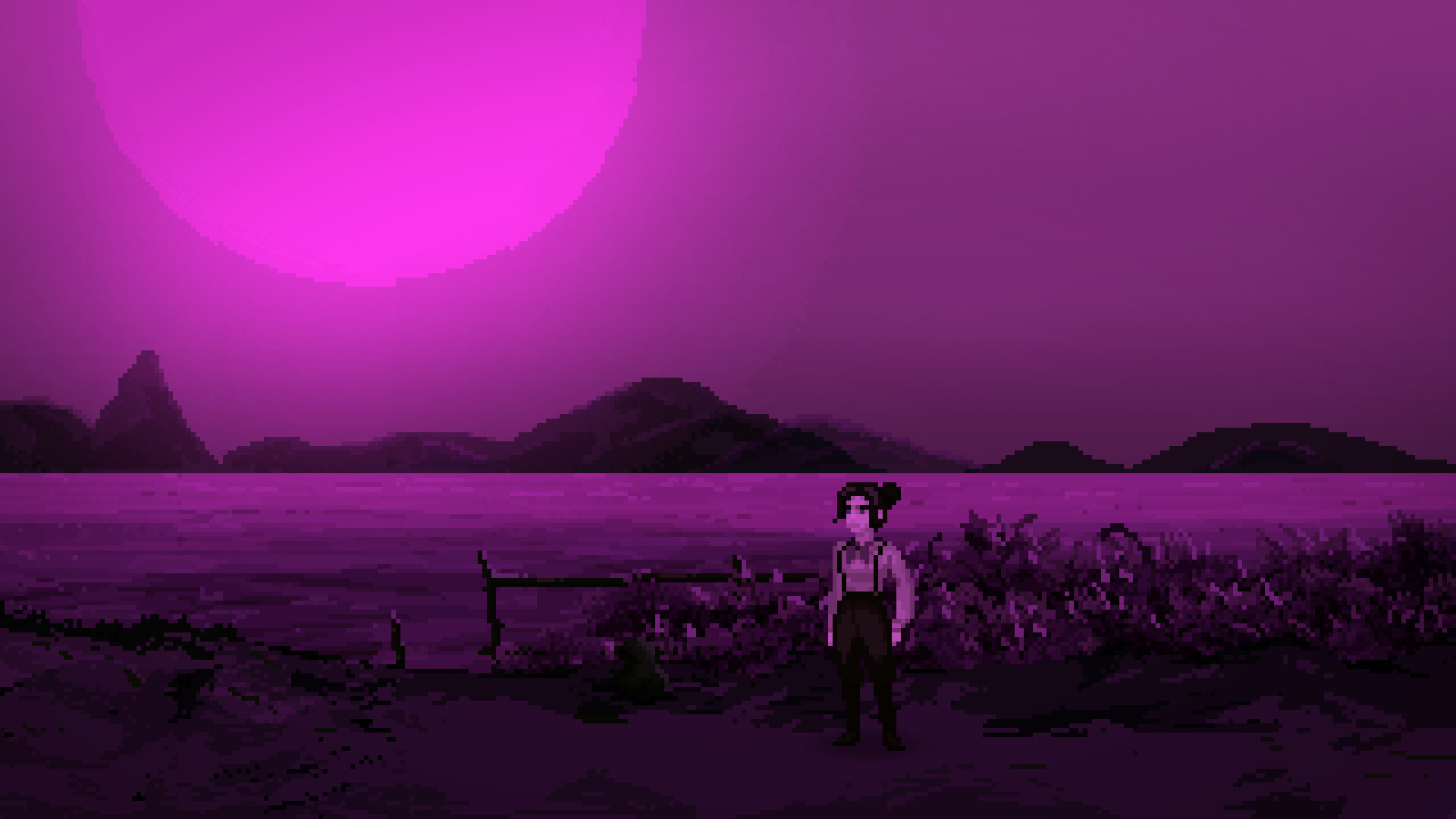
Imagine a quiet English moor, a mysterious barrow, and one determined antiquarian digging into secrets best left buried. The Excavation of Hob’s Barrow slowly pulls you into a folk horror web of memories, superstition, and small-town unease. Conversations with villagers, dreamlike flashbacks, and logical (but sometimes eerily loose) puzzles give it a grounded creepiness. Don’t expect blood fountains or zombie hordes – the tension builds in silence, in pauses between dialogue, in the wind over the moors. That’s where this game wins.
Little Misfortune (2019)
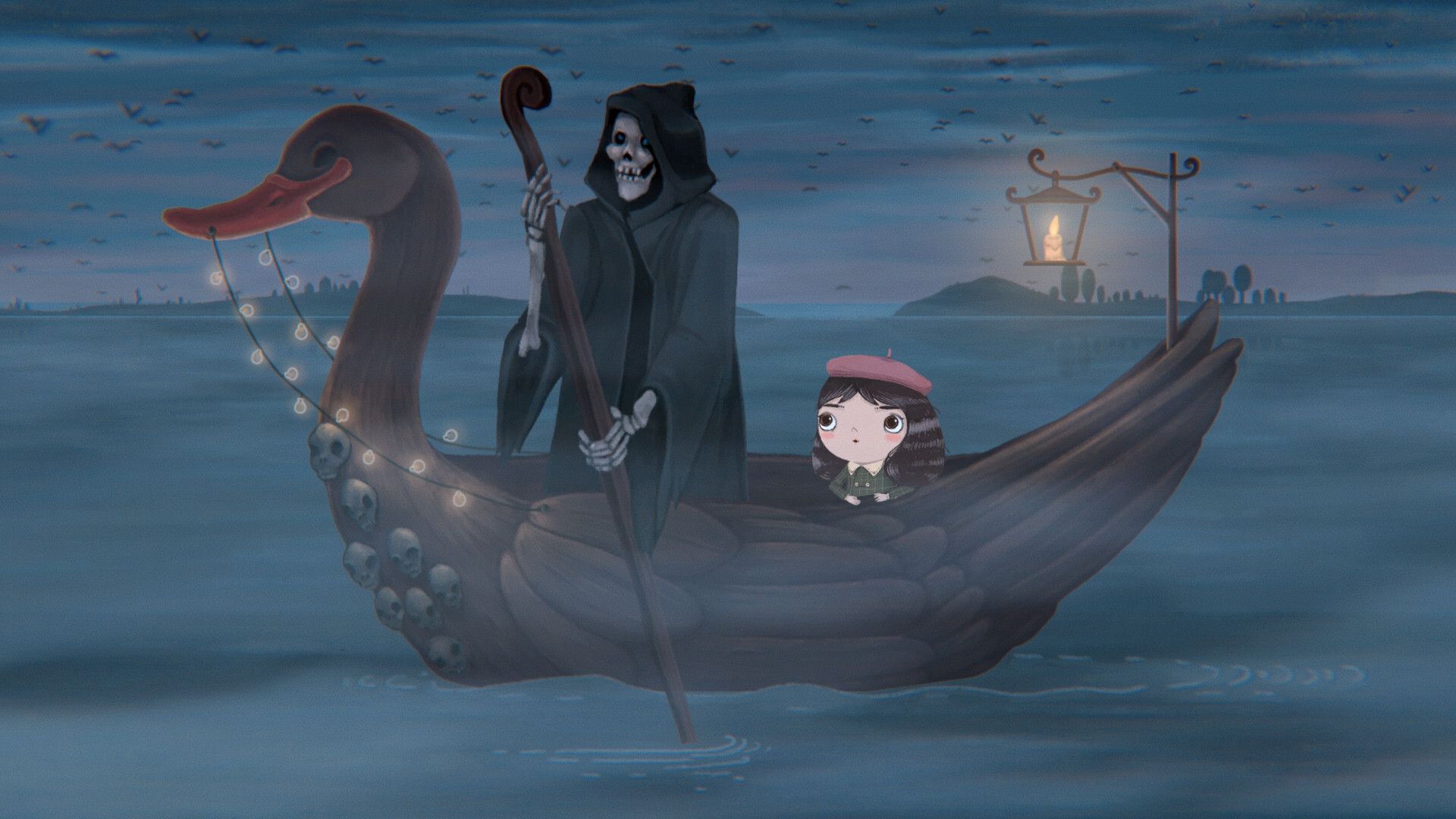
This one lulls you into a childlike world, until the darkness creeps in. Little Misfortune casts you as a sweet, naïve girl guided by a voice called “Mr. Voice” in a journey for eternal happiness (for mommy). But don’t be fooled – the road is littered with twisted humor, macabre themes, and moments that punch your curiosity in the gut. The art style is charmingly whimsical, a contrast to the underlying melancholy and moral ambiguity. It’s equal parts unsettling and bittersweet, and it stays with you longer than you expect.
Unavowed (2018)
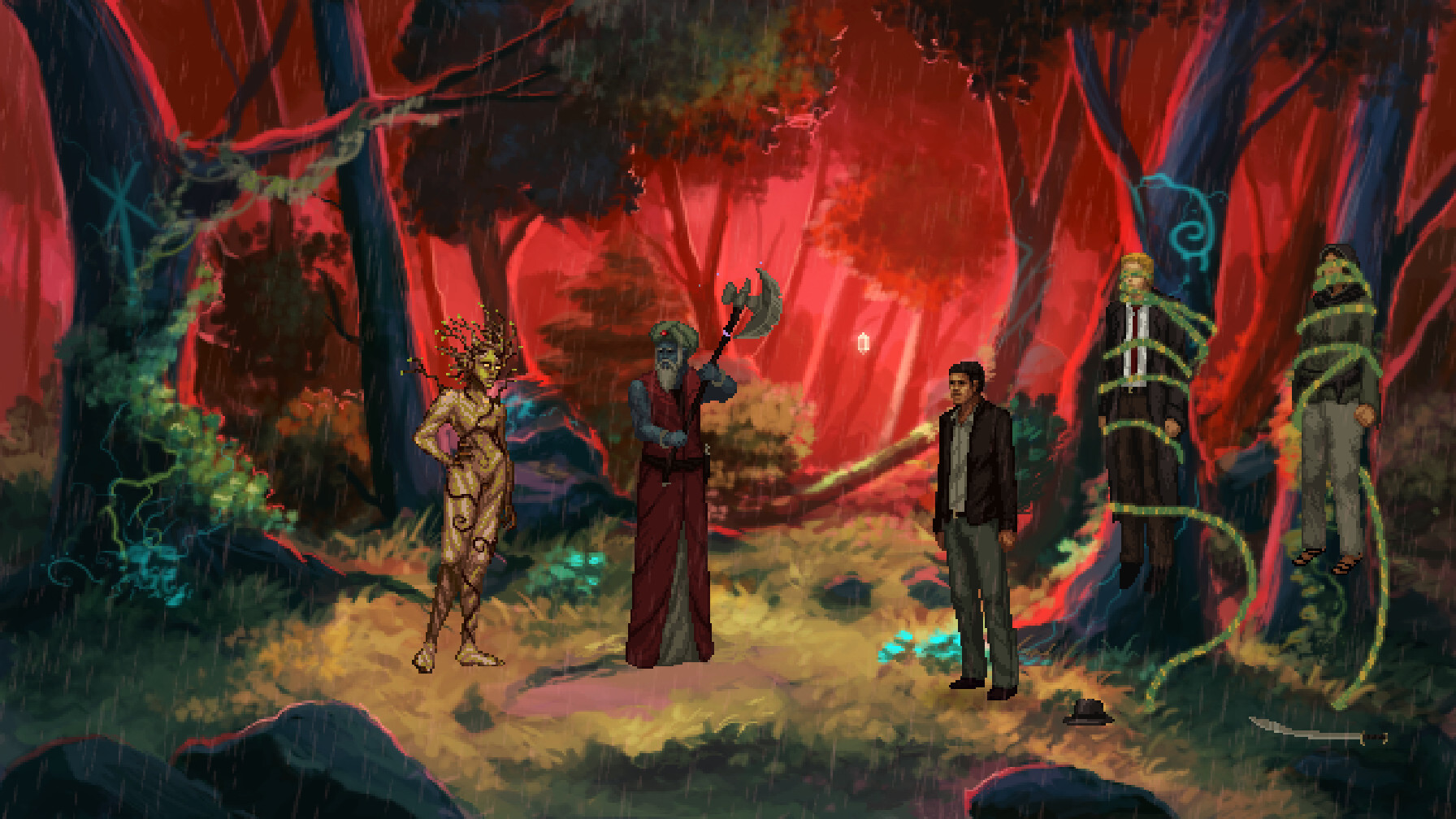
City streets, demon possession, and secret societies: Unavowed is a point-and-click RPG hybrid dressed like a supernatural detective novel. After you’re freed from possession, you join the “Unavowed” – a paranormal enforcement squad in New York with a roster of weirdos and weird cases. Depending on who you bring along, puzzles shift, paths open (or close), and interactions change – yet you never actually die in this one. Choices matter, atmospheres shift like fog, and old-school pixel art still feels fresh when paired with voice acting and a twisting narrative.
Sally Face (2016–2019)
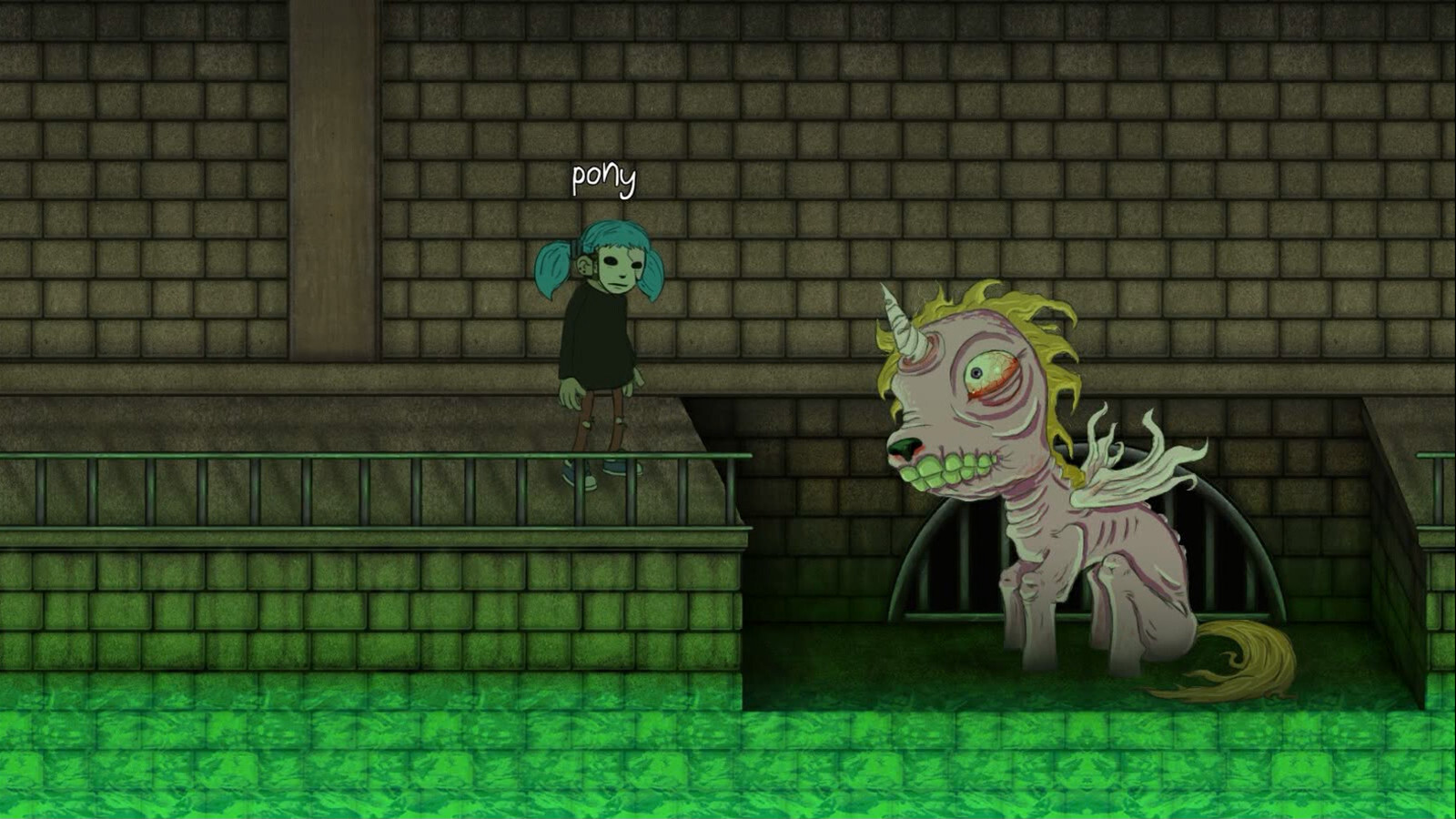
Beneath its cartoonish charm lies one of indie horror’s most haunting stories. Sally Face follows Sal Fisher, a blue-haired boy with a prosthetic face and a knack for attracting tragedy. Each episode blends mystery, surreal imagery, and emotional storytelling that hits harder than you’d expect. The puzzles pull you in, but it’s the lingering sadness and slow burn of the plot that keep you hooked. There’s heart, horror, and a sense of unease that never fully leaves. It’s strange, sincere, and unforgettable.
Rusty Lake series (2015–2023)
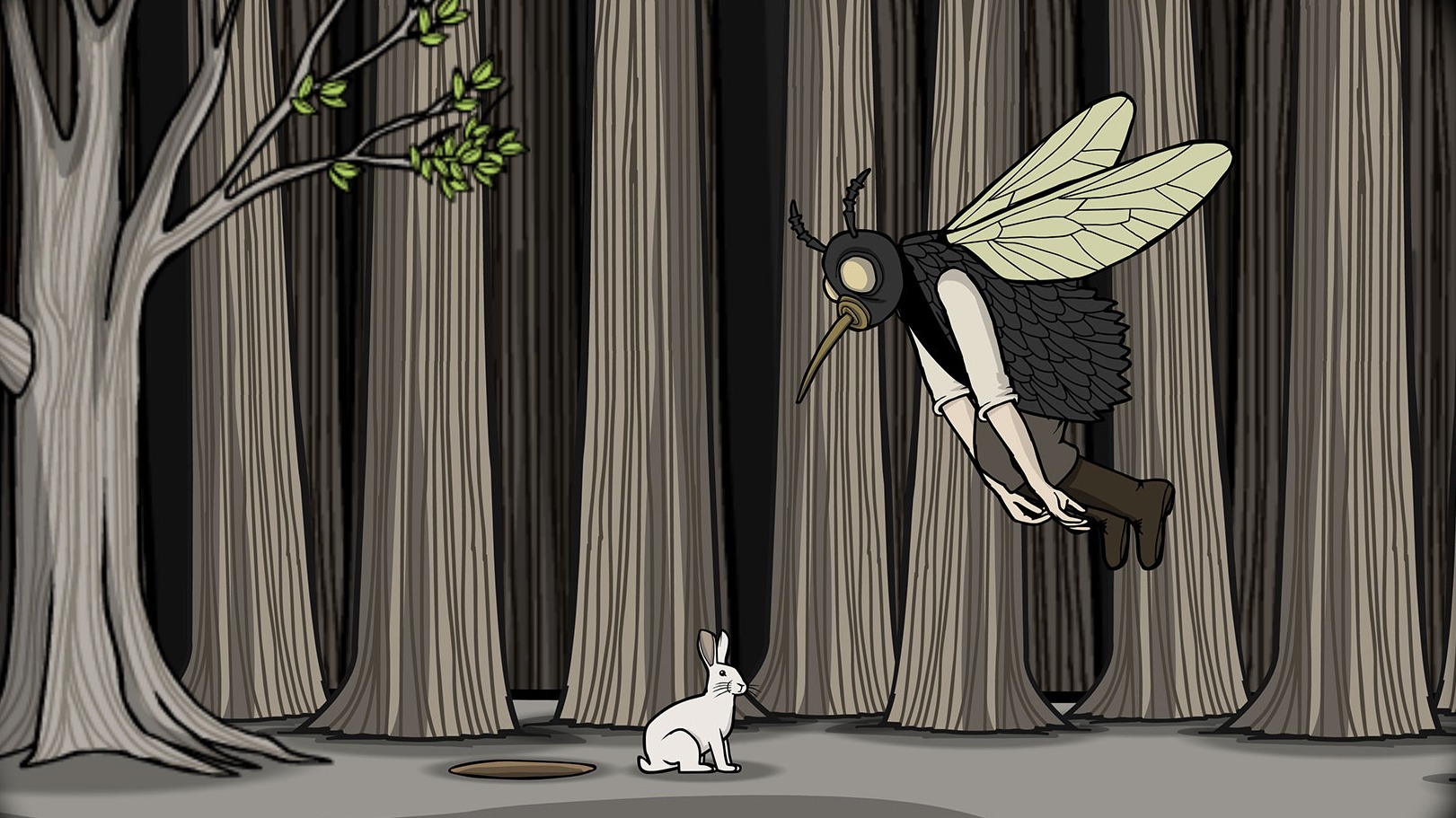
The Rusty Lake universe is a rabbit hole you’ll never quite climb out of. It’s a surreal web of interconnected stories filled with eerie rituals, talking animals, and cursed families who never seem to learn. Each entry mixes escape-room puzzles with quiet existential dread, letting the horror seep in gradually. The art style looks calm, almost polite – until you notice the blood under the wallpaper. What starts as curiosity quickly becomes obsession. Dive in, and you’ll start seeing Rusty Lake everywhere.
Tormentum: Dark Sorrow (2015)
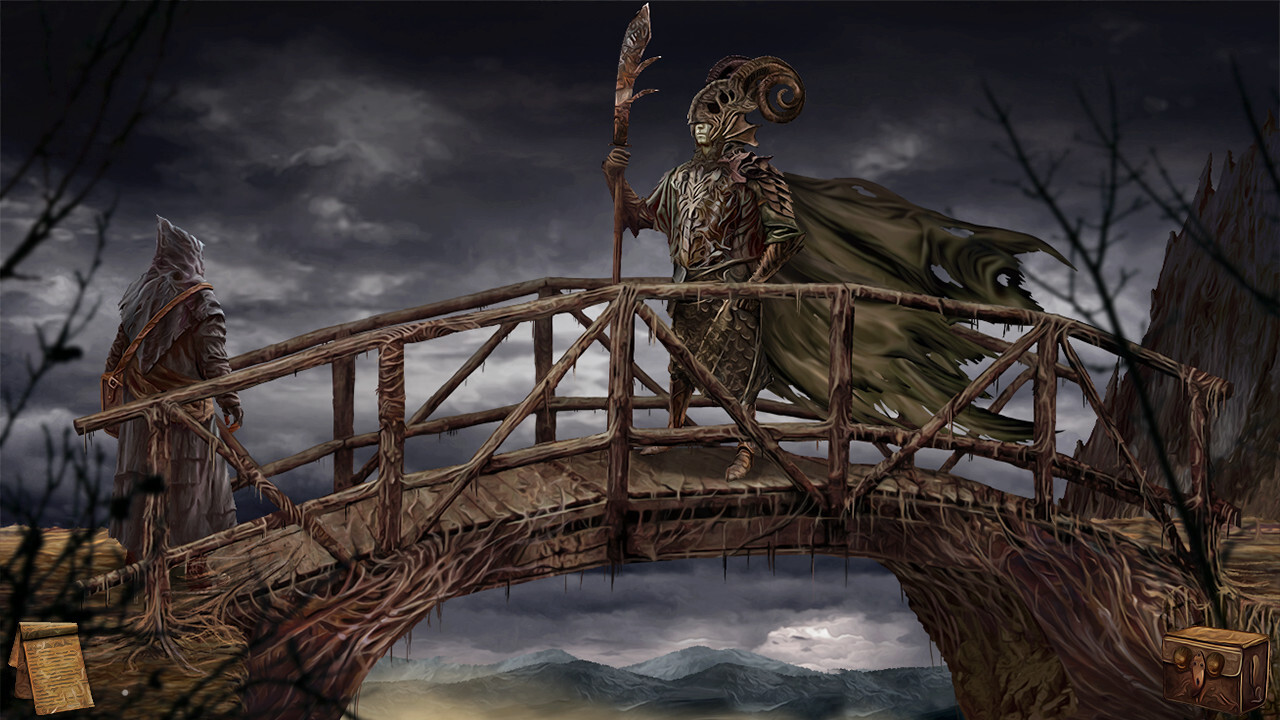
If nightmares had architects, Tormentum: Dark Sorrow would be their portfolio. Every frame feels carved from the works of Giger and Beksiński – grotesque, beautiful, and disturbingly alive. You awake in a strange prison with no memory, wandering through mechanical hellscapes and moral choices that always end badly. The puzzles are clever, but the real challenge is enduring the oppressive atmosphere. It’s more art than game, and somehow, both will stay under your skin. A perfect mix of horror and melancholy.
Fran Bow (2015)
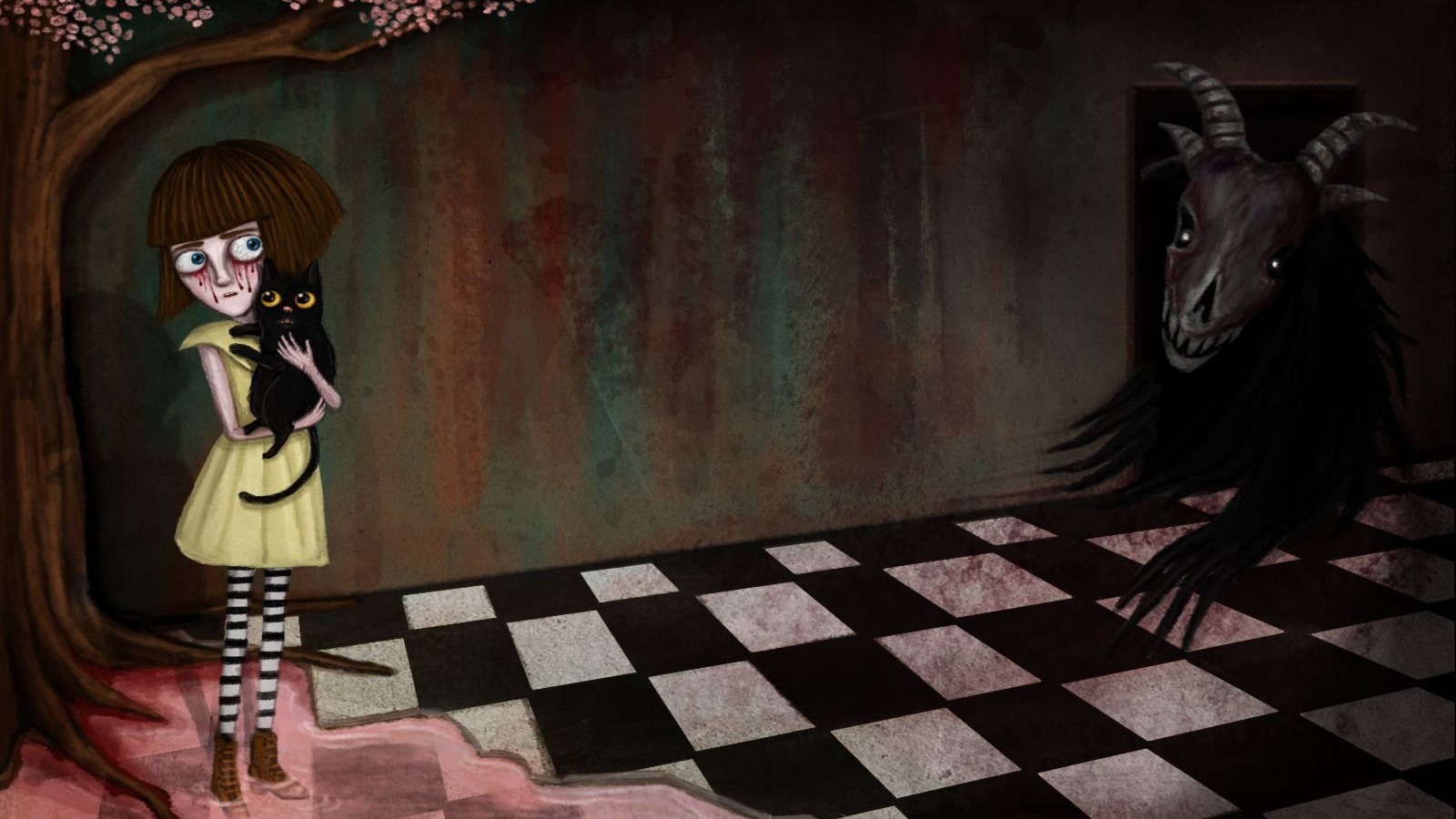
What begins as a child’s search for her lost cat becomes a descent into madness and grief. Fran Bow walks the line between innocence and horror so gracefully you almost forget how dark it truly is. Each world Fran visits feels like a strange dream – sweet one moment, nightmarish the next. The puzzles are as creative as the visuals, and the story never talks down to its player. Beneath its hand-drawn charm lies real emotional weight. It’s haunting, heartfelt, and deeply human.
The Last Door 1 & 2 (2013–2016)
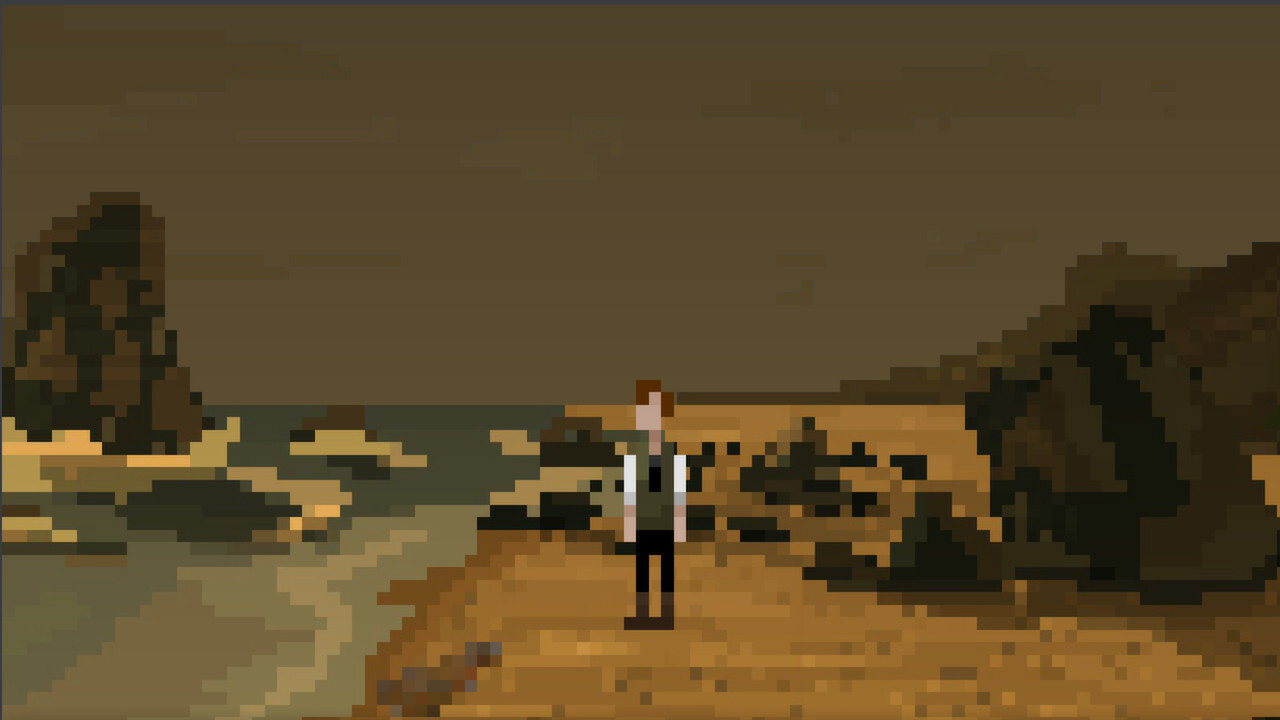
You don’t need high-end graphics to feel true dread – The Last Door proves that pixelated horror can be terrifying. Its Victorian setting oozes atmosphere: letters, locked doors, and whispers of an ancient secret society. Each episode feels like reading a ghost story by candlelight, equal parts tragedy and tension. The sound design does most of the heavy lifting, letting your imagination fill in the horrors you can’t quite see. It’s slow, unnerving, and masterfully restrained. A love letter to gothic storytelling.
Scratches (2006)
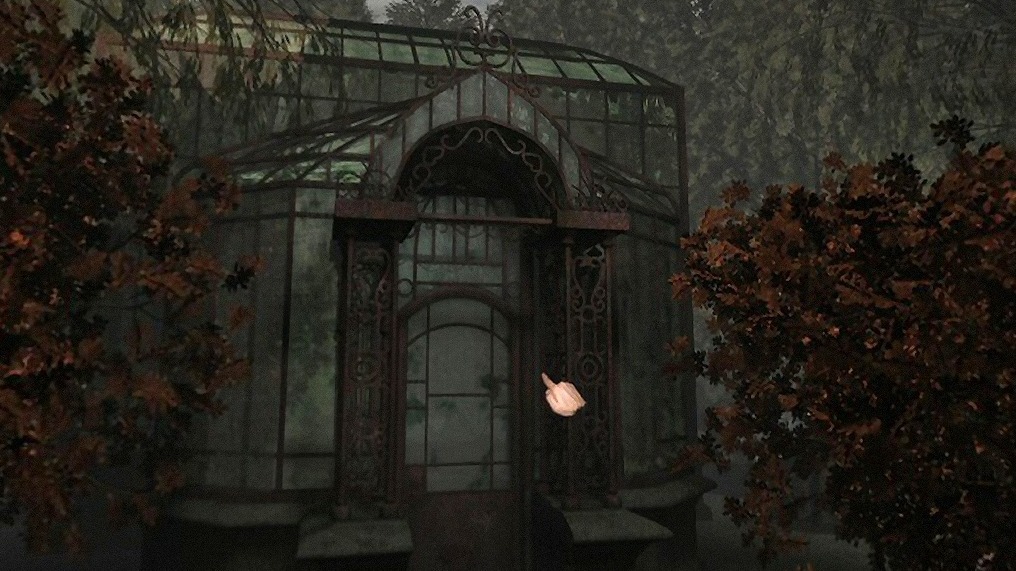
Stepping into Scratches is like renting a Victorian manor where the drafts whisper secrets and every fireplace might be hiding more than ashes. You play Michael Arthate, an author seeking solitude – but instead finding noises in the walls, a history of betrayal, and mysteries tied up in the estate’s past that refuse to be ignored. The story unspools at just the right pace: slow-burn scares, ladders into basements, and that creeping dread when you realize the house may know you as well as you think you know it. Puzzles aren’t brutal, but they force you to backtrack through a place that doesn’t love being disturbed. Graphically, it leans into real shadows and atmosphere, not just gore. For Halloween chills, it’s the kind of game you play by candlelight.
The Black Mirror Trilogy (2003–2011)
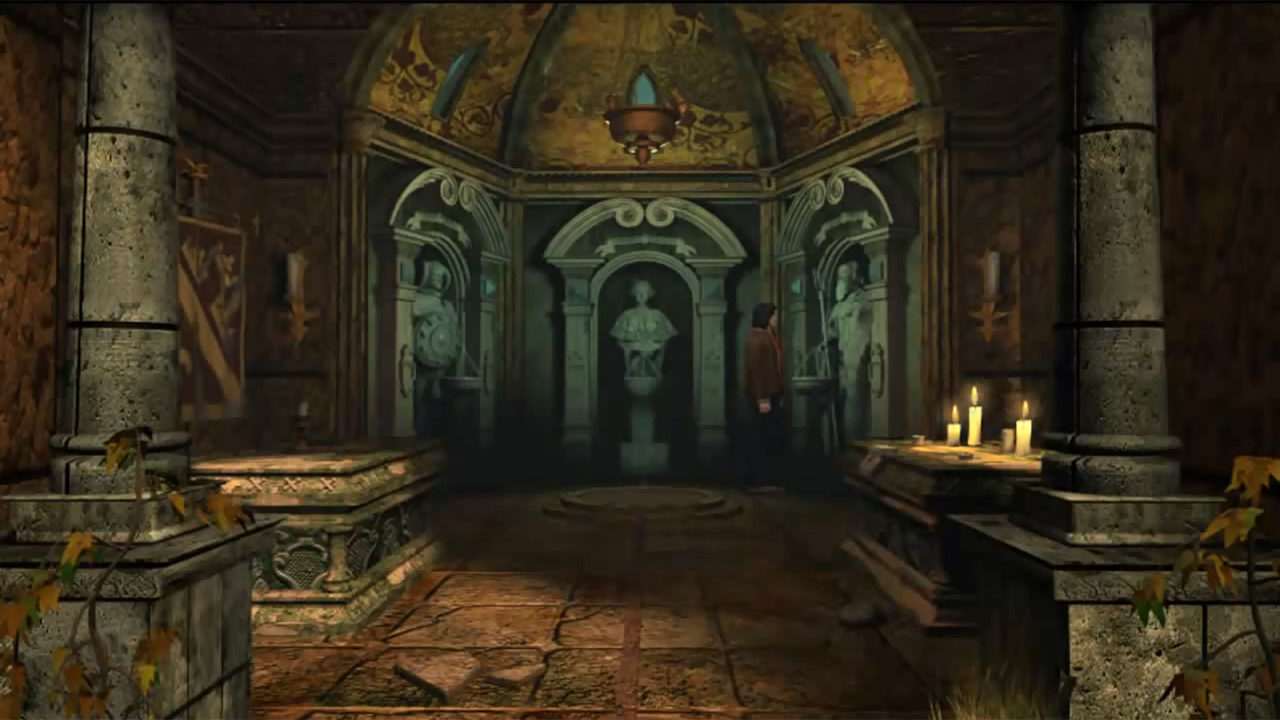
Imagine dark family curses, haunted manors, and ancestral guilt so heavy it seeps through the walls: that’s the world of The Black Mirror Trilogy. The first game sets the tone with classic point-and-click exploration in a towering castle full of secrets; the sequels deepen the lore, twist the psychological tension, and make you question who (or what) is really behind all the tragedies. Designers excel at atmosphere – corridors lit by dying lamps, portraits that seem to watch, and whispers that feel like memories. Puzzles often disguise themselves as narrative tools, pushing you to listen, read, and infer rather than just solve. It’s Gothic horror done with elegance, not cheap jumps. If you like feeling the weight of history and dread, this trilogy is a perfect Halloween companion.
Sanitarium (1998)
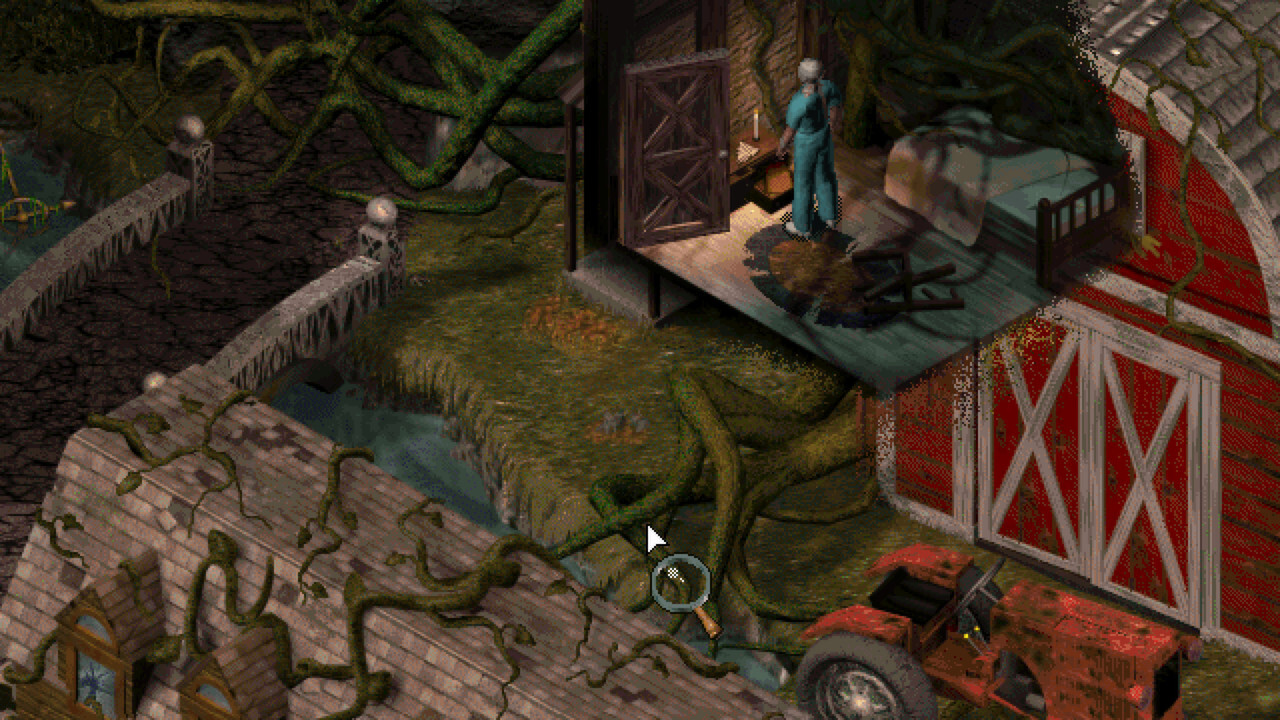
Bursting from a car crash into a disorienting asylum, Sanitarium doesn’t waste time: it drops you into a world where your own mind might betray you. The game mixes psychological horror, bizarre characters, and shifting realities – one moment you’re solving puzzles in a creepy hospital wing, the next you’re wrestling with memories that feel less like memories. The art style is grim, the sound design jarring in all the right ways, and there’s this creeping sense that nothing is safe. Choices are rare, but what you experience forces reflection: on identity, sanity, and what extremes people go to when they’re broken. For its time, it pushed boundaries; today, it still holds up because its horrors are internal as much as external. Perfect for a night when you want more than just ghosts.
Harvester (1996)

Brace yourself: Harvester is less haunted house, more full-tilt scream machine (in 1990s point-and-click form). With a premise involving a mysterious cult, extreme violence, and moral quandaries that feel uncomfortable even now, this one isn’t for faint hearts. The FMV-infused cutscenes, bizarre side characters, and experimental mechanics show how far developers were pushing interactivity’s boundaries back then. Sometimes absurd, often disturbing, and always jarring, it leans heavily into shocking content – yet beneath that shock is a twisted social commentary. If you play it, expect nostalgia mixed with guilt. Ideal for those Halloween nights when you want a horror game that dares to go over the top.
Phantasmagoria 1 & 2 (1995–1996)
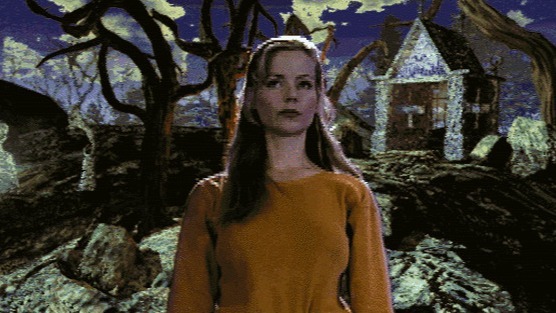
Twin beasts of FMV horror, the Phantasmagoria games are like watching a horror movie where you also get to open every door, wander every hallway, and sometimes get chased. The first one puts you in Adrienne’s shoes inside a mansion with demons, a dark past, and increasingly strange phenomena; the second leans more into adult themes, more surreal horrors, more conflict with your own mortality. Their budget shows – these were grand experiments in blending film and game, using real actors, elaborate sets, and effects that were jaw-dropping at the time. Some scares are cheesy now, some pacing drags, but the sense of dread is still potent. If you want full motion video, gothic horror, and a sense of “did I just see that?” Phantasmagoria delivers. Halloween’s never felt more cinematic.
